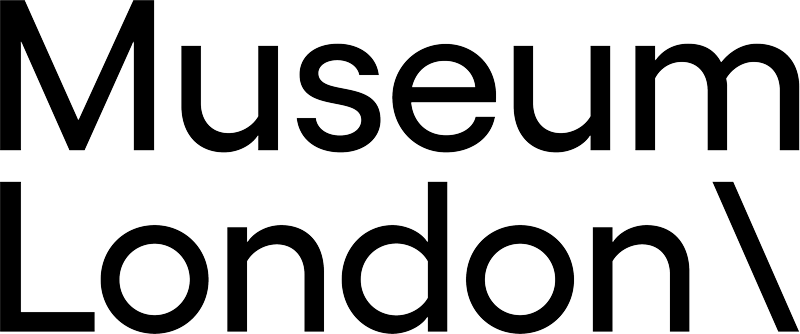Hoof - Oxshoe
DateEarly 19th century
DimensionsOverall: 6 x 5.5 x 11 cm
Credit LineTransfer from the London and Middlesex Historical Society, 1958
Object number1958.001.245
Label TextThis ox hoof, and the ox whose hoof it once was, belonged to one of London Township’s earliest settlers, Richard Talbot (1772-1853).
A member of the minor gentry in Ireland, Richard Talbot immigrated to the London Township in 1818, to escape the economic upheavals which followed the end of the Napoleonic Wars. Talbot also recruited 183 Irish settlers to join him, taking advantage of an emigration program implemented by the British government that same year. By the time the group arrived in Upper Canada, though, over half of the settlers chose to remain in eastern Canada. In the end, Talbot and around 70 of his original settlers made their home in London Township.
Alongside the other settlers in the township, Talbot’s group had to clear and work the land. The ox was an integral part in this process. Powerful and steady, oxen cleared tree stumps from the land and ploughed fields. Describing his experiences of a logging bee in the late 1840s, Samuel Strickland (1804-1867) wrote:
As soon as the ground was cool enough, I made a logging Bee, at which I had five yokes of oxen and twenty men, four men to each team. The teamster selects a good place to commence a heap [of logs], generally against some large log which the cattle would be unable to move. They draw all the logs within a reasonable distance in front of the large log…A team and four good men should log and pick an acre a day. (Samuel Strickland (1853) Twenty-seven Years in Canada West or the Experiences of an Early Settler. Vol. 1. Reprint, Edmonton, AB: M.G. Hurtig, Ltd, 1970, 96-97.)
NameOxshoe
c. 1860s
Early 20th Century
McClary Manufacturing
1940-1950s
c. 1900









